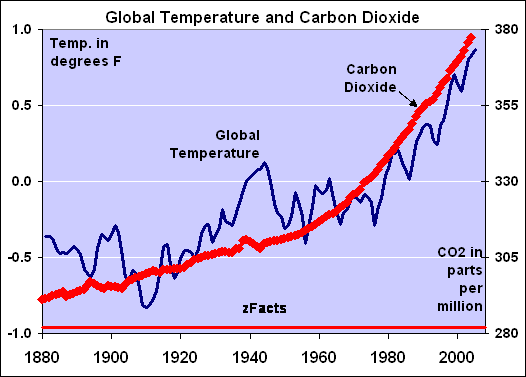 |
| The Keeling Curve: showing the sharp rise in global temperature and CO2 concentration in the atmosphere since the Industrial Revolution. |
Geoengineering attempts to reduce the problems through large scale intervention. There are two main ways of doing this: tackling the rising carbon levels by removing it from our atmosphere (such as carbon geosequestration - pumping it underground into disused oil fields), and reducing solar input to Earth in order to drop the global temperature (for example giant reflectors orbiting Earth to reflect back sunlight). The latter technique, however, just masks the problem; CO2 will still be rising without further intervention.
 |
| Table from Resnik and Vallero, 2011 |
I feel fairly confident in saying that nobody is singing the praises of geoengineering; it is after all extremely large scale, dramatic and unnatural. However, Resnik and Vallero have outlined in a 2011 paper that it may be something that we are forced to turn too. Other solutions such as recycling, cutting CO2 emissions and turning to renewables have too many social, political and economic hurdles that our world just can't seem to overcome. Bearing that in mind it may be the lesser evil to completely disrupt our planet's natural state and change the climate ourselves by the means of solar reflectors and spraying SO2 into the stratosphere. We have already, after all, been changing our Earth's natural balance for the past couple hundred of years, just in a seemingly smaller, less invasive way. If we don't do something dramatic to intervene our global temperature is going to keep on increasing, bringing with it all sorts of unpleasant knock on effects.
 |
| Possible methods of carbon geosequestration |
Others, however, think that the effects of geoengineering will be even worse than just 'leaving the planet to it'. Alan Robock in 2008 stated twenty reasons as to why it should not be utilised. By adding SO2 to the atmosphere to cool the planet (in much the same way as volcanic eruptions do) the ozone is harmed and depleted, leading to greater warming potential of the Sun in the future. Similarly as chemicals from geoengineering work their way into the sea ocean acidification will get worse. Reflecting solar energy will cool the planet, yet there will then be less solar radiation for use in solar energy, one of the renewable energy sources that we should be promoting. This will also affect plants who rely on solar radiation to photosynthesise, and a decrease in plants results in a decrease of a potential sink of CO2.
 |
| An artist's interpretation of solar radiation management (Alan Robock, 2008) |
Human issues stated include risk from militaries using the technologies for harm, not good, and the fear that human error could result in catastrophies when implementing geoengineering schemes. The cost of the schemes will also likely be astronomical, and on whom does the funding lie?
I believe that geoengineering at this time is not appropriate. It has far too many cons to be implemented right now, and much much more research must be done before it would be feasible. A far better way of sorting out our planet's problems would be from cutting emissions in a grass roots kind of system. However I fear that is not going to happen and once we can be more certain of the safety of geoengrineering it worringly may be the final choice that we must take.
No comments:
Post a Comment